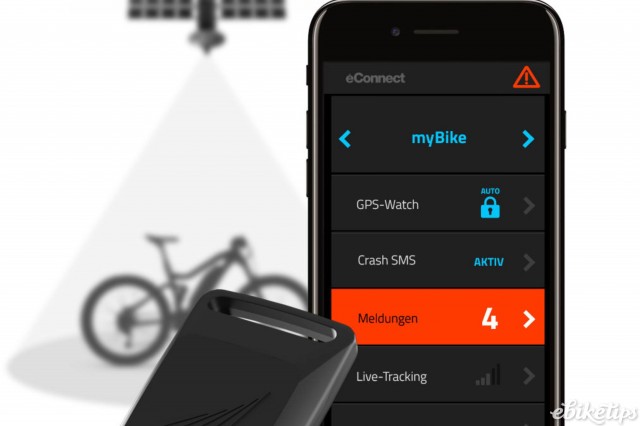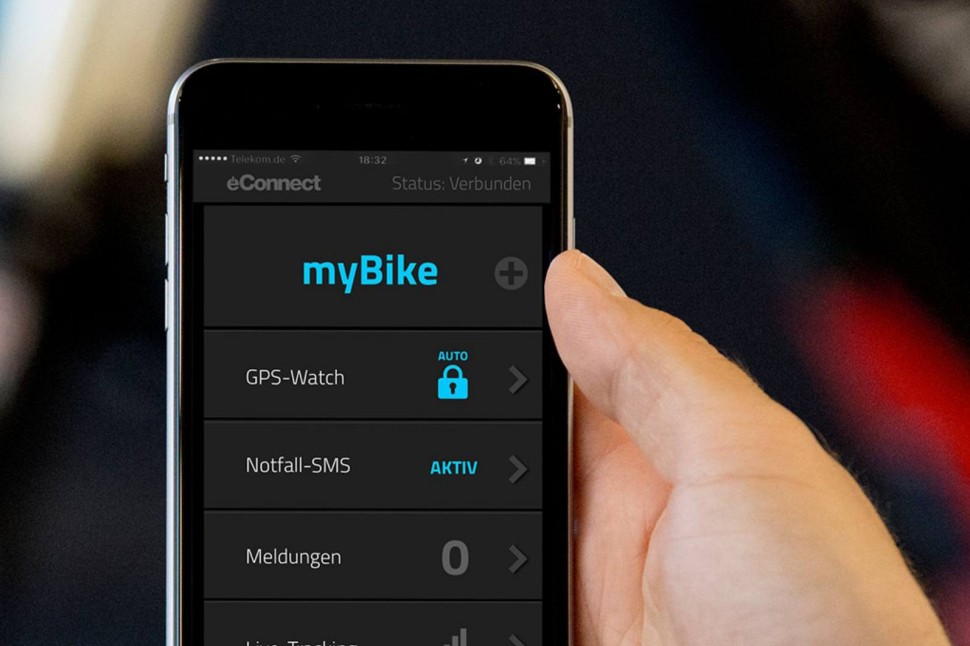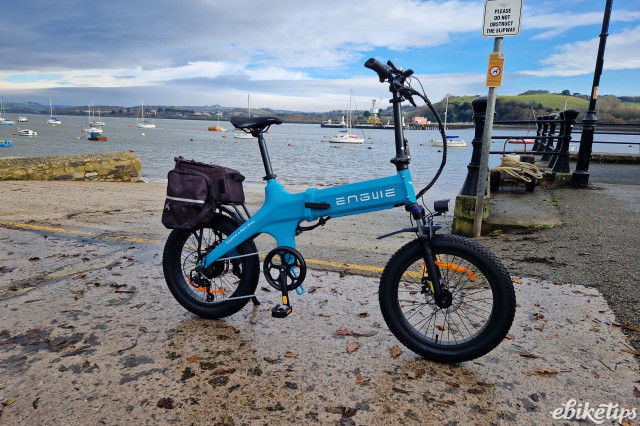Haibike have unveiled fuller details of their new e-Connect system for e-bikes. We bikes equipped with the system at Eurobike last year, but Haibike were a little vague on the details. Now we know more: It's a GPS/GSM system built into the bike, which also includes acceleration sensors and a Bluetooth connection to your phone.
The system consists of three parts: there's a sensor unit on your bike, an Android or iPhone app and a web portal. The e-Connect system incorporates a GPS chip, so your bike can be constantly tracked. That data can be used in a number of ways. The bike can simply log where you ride, and that information can be passed to the web portal via the on-board GSM data connection. You can review your rides online, and save routes that you enjoyed, or you can send live tracking data to your family or friends.
Connect your phone to the bike via Bluetooth and the system gets smarter. There's acceleration and vibration sensors in the e-Connect unit too. You can set up a theft alert, so that your bike texts you if it's disturbed, or moved out of a certain range of the place you parked it. Then you can track the bike via GPS to recover it. You can set the alarm using your phone or with a proximity key that comes as part of the system.
There's also a crash warning system. If the e-Connect unit suspects you've been in a crash, it can send out an emergency text to your next of kin, with coordinates of where you are. The app gives you the option to override the text if you've brushed yourself down and you're okay.
The sensor unit uses power from the main battery, but also includes a backup battery that's kept charges and can last on standby for up to six months. The e-Connect service is free for 2 years when you buy a new Haibike that's running the system. After that contract is over you can opt to extend for another 3 years for a one-off payment of €99. At the moment the system is limited to Haibike's 8.0 series mountain bikes, and it doesn't include any connection to the motor control systems, but they plan to introduce a retro-fittable version of the sensor in the future.








